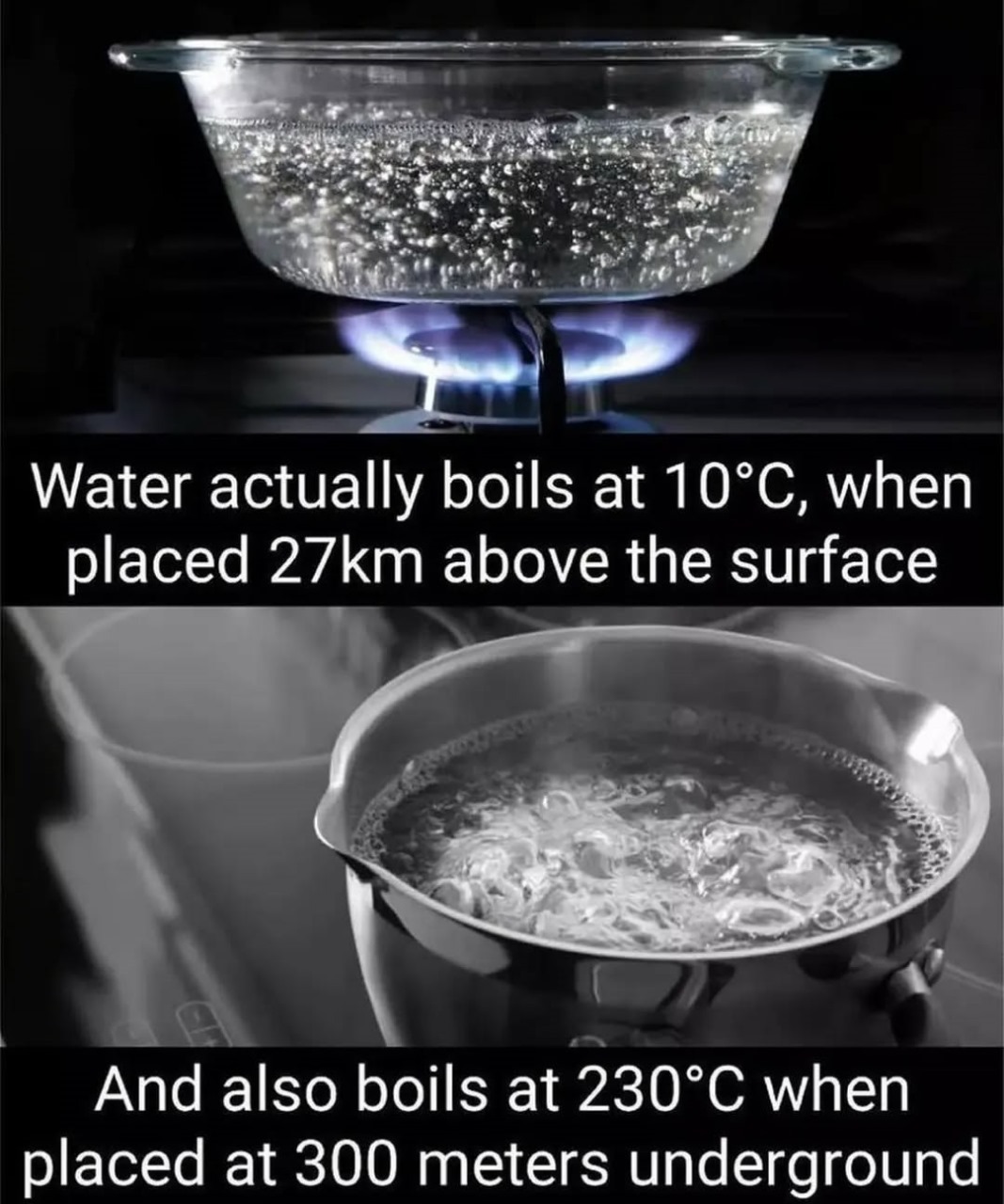ADVERTISEMENT
**Water Boils at 10°C at 27 km Above Ground: The Science Explained**
Water is a vital substance in our daily lives, from cooking and cleaning to scientific experiments and industrial processes. Typically, we know that water boils at **100°C** (212°F) at sea level, where atmospheric pressure is at its highest. But did you know that at an altitude of 27 kilometers (about 17 miles) above the Earth’s surface, water can boil at just **10°C** (50°F)?
This surprising phenomenon occurs due to the change in **atmospheric pressure** with altitude. As we ascend higher into the atmosphere, the pressure decreases, which in turn lowers the boiling point of water. Let’s explore the science behind this and why water boils at a much lower temperature at such high altitudes.
### Understanding Boiling Point and Atmospheric Pressure
The boiling point of water is the temperature at which its vapor pressure equals the surrounding atmospheric pressure. At this point, water molecules gain enough energy to transition from a liquid to a gas. **Vapor pressure** is the pressure exerted by the water molecules in the gas phase, and it depends on temperature. When the surrounding atmospheric pressure is high, more heat is required for the water molecules to escape into the air as steam, leading to a higher boiling point.
At **sea level**, the atmospheric pressure is approximately **1013.25 millibars (mb)**, which is the standard atmospheric pressure. Under these conditions, water boils at **100°C (212°F)** because the vapor pressure of the liquid matches the atmospheric pressure.
However, as we ascend to higher altitudes, the air pressure decreases, meaning there are fewer air molecules pushing down on the water. This decrease in atmospheric pressure causes water to boil at a lower temperature. At **27 km (17 miles)** above the Earth’s surface, the atmospheric pressure drops significantly, and water only needs to reach **10°C** (50°F) to boil.
### The Effect of Altitude on Atmospheric Pressure
The Earth’s atmosphere is made up of layers, with the densest part of the atmosphere closest to the Earth’s surface. As we move higher into the atmosphere, the air becomes thinner, and the pressure decreases. This reduction in air pressure causes the boiling point of water to drop as well.
At sea level, the atmospheric pressure is **1013.25 mb**, but at 27 km above ground, it drops to about **26 mb**—a significant decrease. The drop in pressure means that it is much easier for the water molecules to break free from the liquid phase and turn into gas, requiring much less heat.
For Complete Cooking STEPS Please Head On Over To Next Page Or Open button (>) and don’t forget to SHARE with your Facebook friends
ADVERTISEMENT
